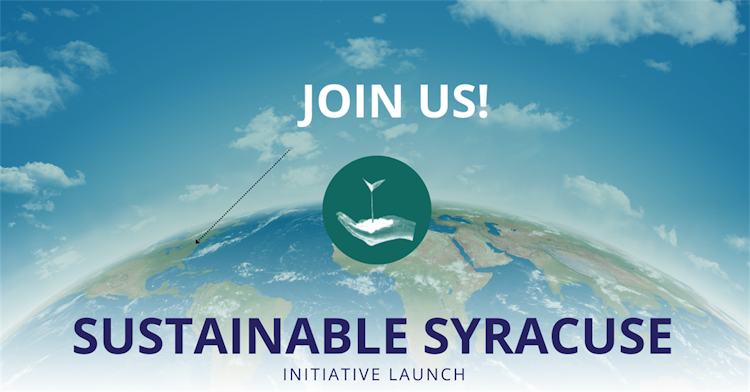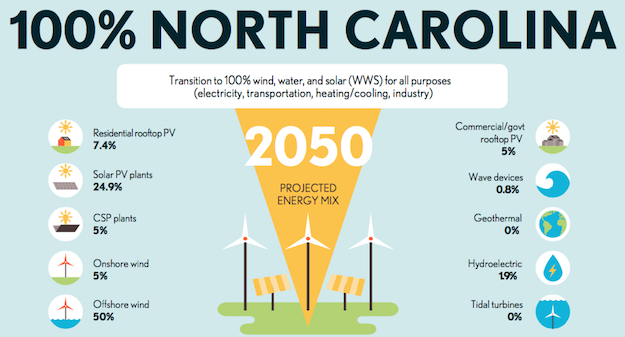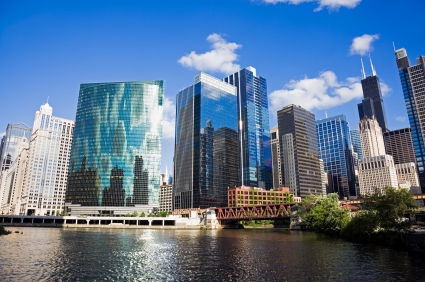Sep
14
2025

Most of the energy we produce and use comes from non-sustainable resources. Our energy usage has taken its toll on the world.
We can see the environmental and economic damage all around us, and yet we continue to use too little of the renewable energy types of resources we should be using, while using too much of those that cannot be renewed. Research into renewable energy has revealed several different types of which we can take advantage. These types are from the sun, wind, organics, earth, and water.
Some energy resources create waste
The sun is a direct energy resource, and an indirect resource for most of the other types of renewing resources. The energy of the sun is used to produce electricity that keeps our families, our businesses, and even our towns up and running. It is used to heat water and cool air. Solar power is a type of renewable energy that can be harnessed all over to varying degrees.
Wind energy, which comes from the sun’s heating effect on the air, can also be used for providing electricity. Energy from the wind is collected by wind turbines and then applied to agriculture, industry, and home uses. It is the reaction of sun and wind that causes water evaporation, which leads to precipitation of snow and rain. The water from rain and melting snow flows into our earth’s streams and rivers, where the energy can be turned into hydroelectric power.
Everybody knows that it is sun and rain that makes plants grow, but not all are aware that the organic matter that makes up those plants, or biomass, is also a tremendous energy resource. Energy from organic matter can be used for fuel, electricity, and needed chemicals. These are all referred to as bioenergy, which is energy from life itself.
The sun is not involved with geothermal energy. Geothermal energy comes from the heat inside of the earth. Energy from beneath our feet will heat our water, keep our homes and other structures nice and cool, and produce electricity.
Our oceans are an expansive source of renewable energy, and it is sad to see so much plastic in them. Its energy comes from the gravitational pull of the moon that creates tides, tides and winds that create waves, and heat from the sun warms the shallows. All of these can be harvested for energy.
Waste creating consumption
Our large-scale consumption of non-renewing energy is damaging the environment we live in, and creating a lot of waste which often ends up in polluted landfills.
We can make a dramatic change for the better by using sources that will not run out, but continue to renew and sustain the world. The destruction of our rainforests is due in large part to energy consumption. Oil drilling and coal mining strips the land and leaves toxins in our air and water. The side effect of using these fuels is damage to all living things.
Replacing energy that cannot replenish with renewable energy sources will have beneficial effects on the economy. Those who work for an industry that is guaranteed to deal with shortages and eventually exhaust its resources probably find it difficult to relax and feel comfortable about their financial future.
However, when people work in the renewable energy industry, they can be certain that renewable energy will always need to be collected and maintained. Instead of investing in resources that are drained from countries thousands of miles away, investors will invest in an energy that will continue to renew.
The hard truth of the matter is that non-renewable energy sources will eventually run out. If we do not switch over to the renewable energy sources we will leave an injured and scarred world for our descendants. Make no mistake, there is such a thing as too late.
At syracusenydumpsterrental.com everyone is dedicated to ecological initiatives including recycling as well as renewable sources of energy whenever opportunity presents itself. We want to increase sustainability in New York State.








 Sometimes people need to sell their house fast, but it is easier said than done. It could be because they are moving to a bigger house, and they need the cash for their downpayment as soon as possible. Or it could just be that tehy have a large debt that requires a rapid settlement.
Sometimes people need to sell their house fast, but it is easier said than done. It could be because they are moving to a bigger house, and they need the cash for their downpayment as soon as possible. Or it could just be that tehy have a large debt that requires a rapid settlement.
